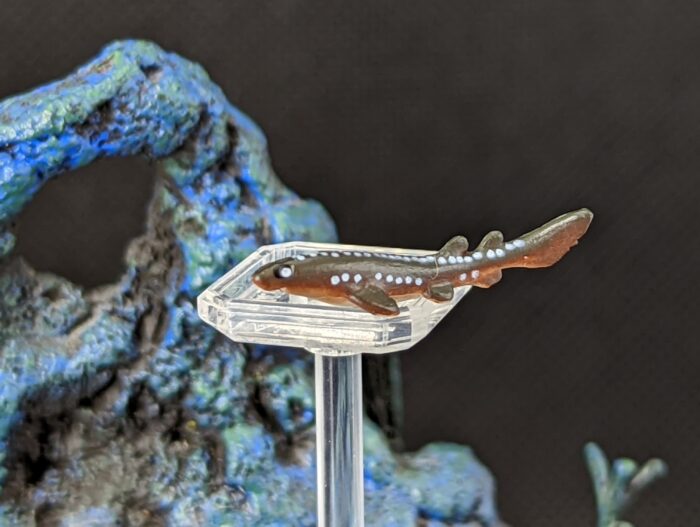So, it’s Shark Week again and once more I rise up from my own thing to bring in a couple of unusual shark models. Because I can never just bring up a more familiar figure because that’s too easy! So I’m going to look at a tiny little figure that just happens to represent a pretty tiny shark!
African Pompano (Kurosio Komekko series 1 by Kaiyodo)
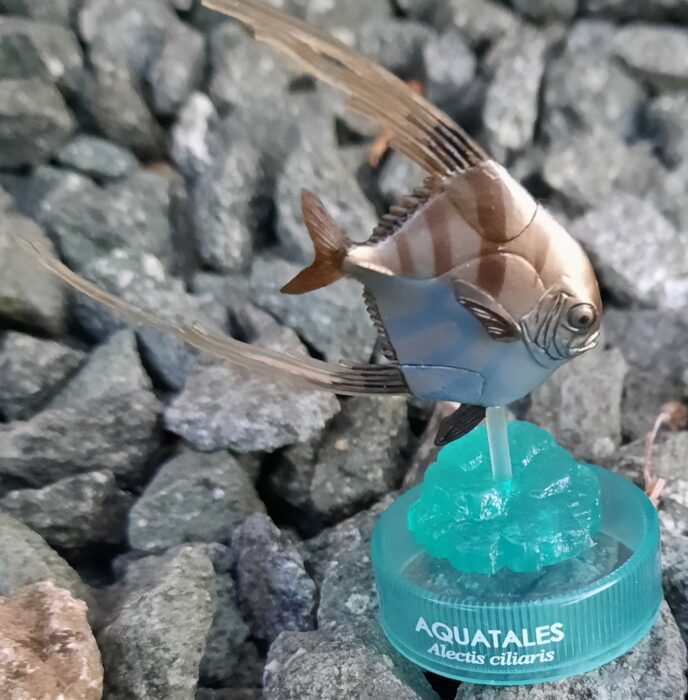
Welcome to another “Savanah Summer”! Being a large continent, there are many places where Africa connects to oceans, in fact both the Pacific and Indian oceans are there. Thus, there is a huge amount of aquatic life, be it mammals, birds and, naturally, fish. Fish never tend to be as popular on toy shelves (unless it’s part of the shark family), so it’s always nice when a company makes more common fish.
Leatherback Sea Turtle (Marine Life by Papo)
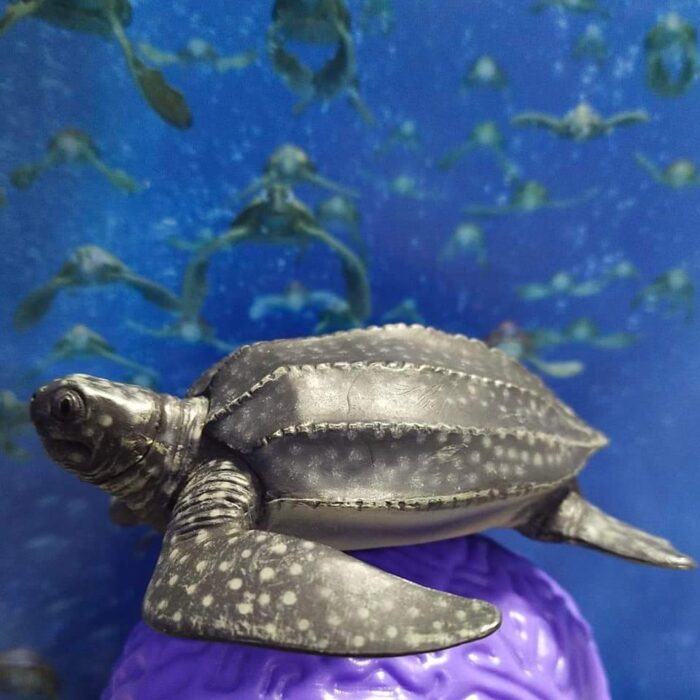
Review and images by JimoAi; edited by bmathison1972
The leatherback sea turtle (Dermochelys coriacea) is a species of sea turtle and the sole member of Dermochelyidae family. It is the largest and heaviest reptile alive today that isn’t a crocodilian (disclaimer: while many snakes like reticulated pythons and anacondas are twice the length of these turtles, they are way lighter).
Giant Squid (Adorables by Adore Plush)
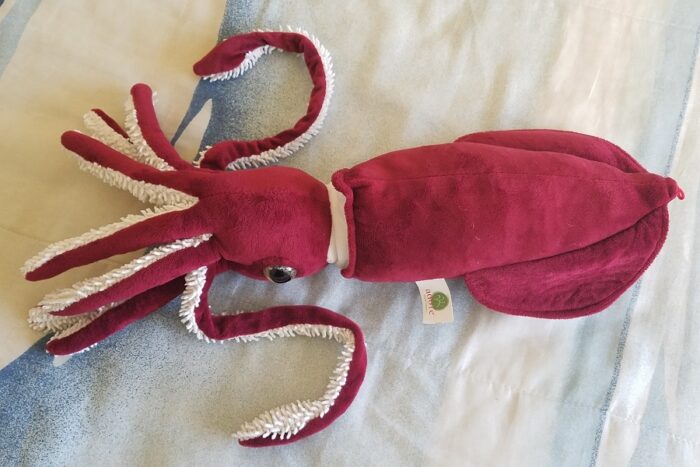
Review and images by Fembrogon; edited by bmathison1972
Hello, Animal Toy Bloggers! My name is Fembrogon, from the Dinosaur Toy Blog. Although the vast majority of my creature collecting has been devoted to extinct life, there are plenty of extant animals which have long been a source of fascination as well.
European Lobster (Marine Life by Papo)
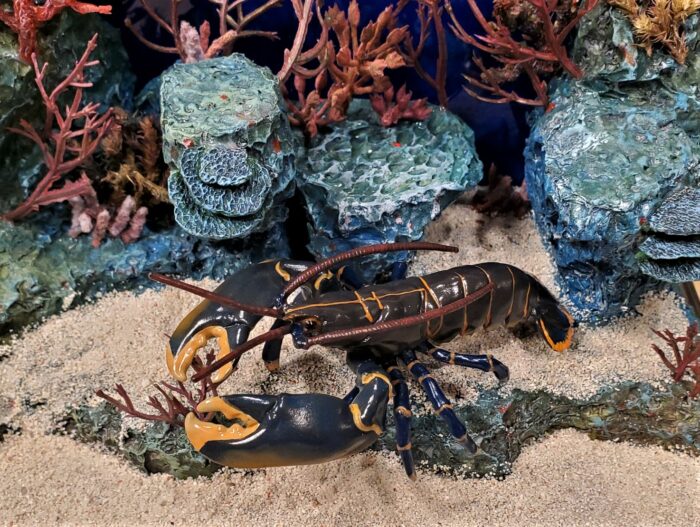
Lobsters are not super common as toys, at least not as produced by major manufacturers as realistic figures recognizable at the species level. Most of them that have been made (AAA, Safari Ltd., CollectA, Kaiyodo) represent the Maine lobster, Homarus americanus. In 2021, Papo extended its ever-growing collection of arthropods with a European lobster (H.
Winged Argonaut (Kurosio Komekko Series 1 by Kaiyodo)
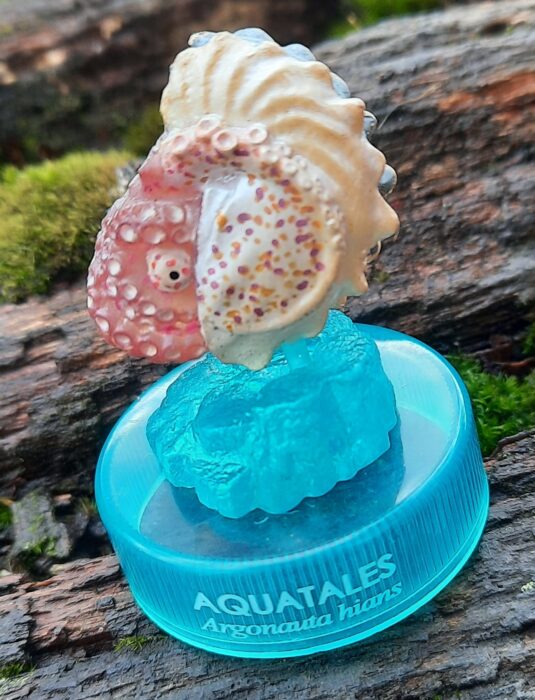
Of the various classes of animals, Cephalopoda is among the smartest and most intriguing, the tentacled forms having taken many forms over the millennia. Often there are shelled forms, like the ammonites and Nautiloids. Another, coming from the same groups as octopus, are Argonauts, or paper nautiluses, as the shelled females have very brittle shells, where as the males lack shells.
Blue Whale (Scientific Art Sculptures by PNSO)
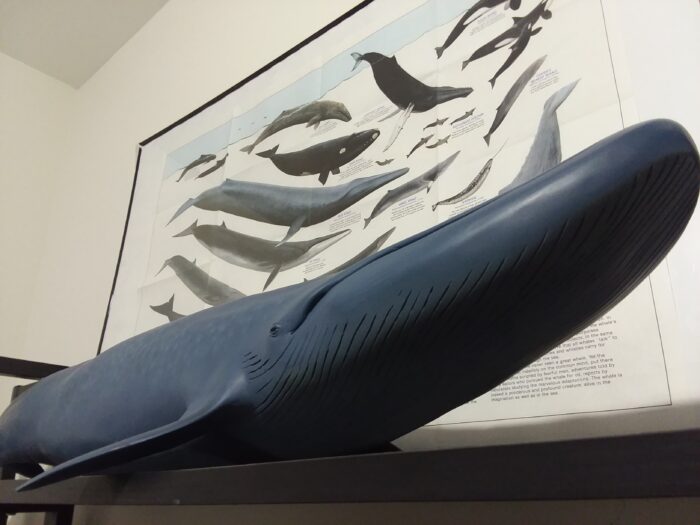
74 years ago from this very day, Lt. Col. Waldon C. Winston witnessed and documented what he noted as the largest whale to have ever been weighed. Winston was aboard the Kyo Maru No.6. during the 1947/48 Antarctic whaling season as an observer to ensure the Japanese whalers complied with the International Whaling Regulations and directives issued by General Douglass MacArthur.
Bottlenose Dolphin, adult and calf (Monterey Bay Aquarium by Safari Ltd)
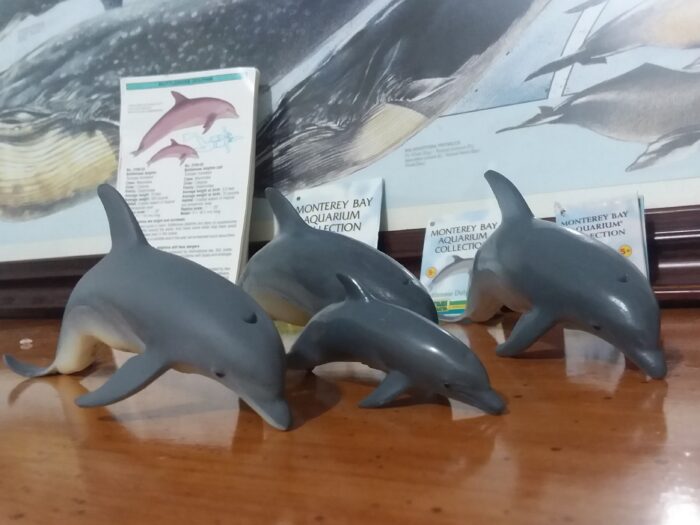
Commerson’s Dolphin (SeaWorld)
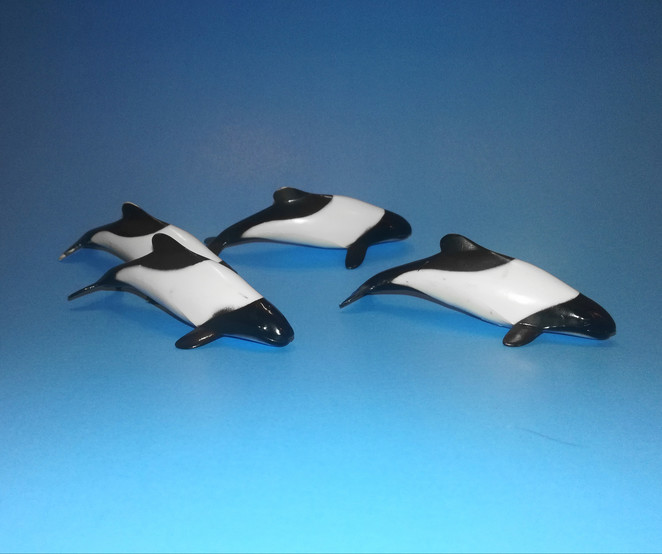
Review and images by EpicRaptorMan; edited by bmathison1972
This small dolphin is known from an assortment of common names some of which include: the panda dolphin, skunk dolphin, jacobita, and Commerson’s dolphin, just to name a few. This cetacean was first described in 1767 by the French naturalist Dr. Philibert Commerson while exploring the waters around the southern tip of South America and was scientifically named Cephalorhynchus commersonii in 1804.
Sloane’s Viperfish (MIU Deep Sea Odyssey 2 by Kaiyodo)
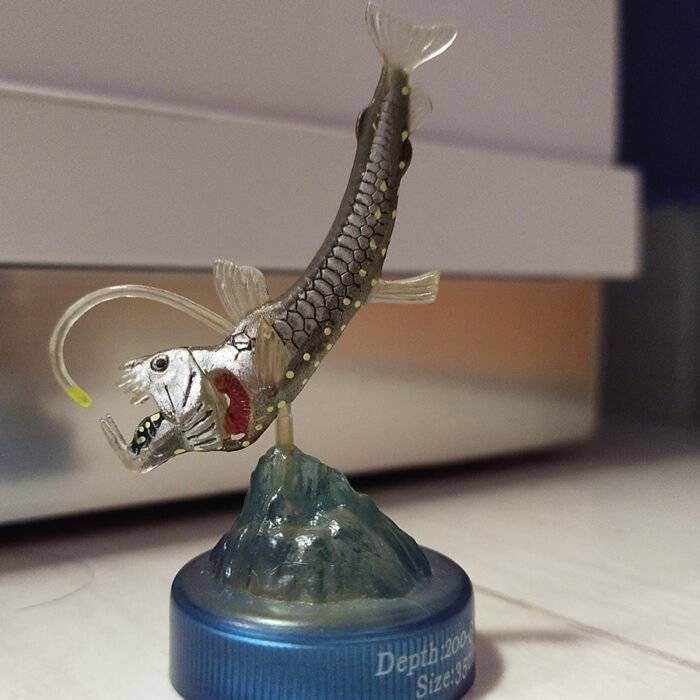
Review and images by JimoAi; edited by bmathison1972
The deep ocean is one of the most inhospitable habitats on this planet, and animals have to find extreme ways to adapt or die out. For one, sunlight only goes as low as 1000 m, although any significant light rarely goes to 200 m, which means that there are no plants to photosynthesize and in turn, no plants for herbivores to graze on.
Vampire Squid (MIU Deep Sea Odyssey 1 by Kaiyodo)
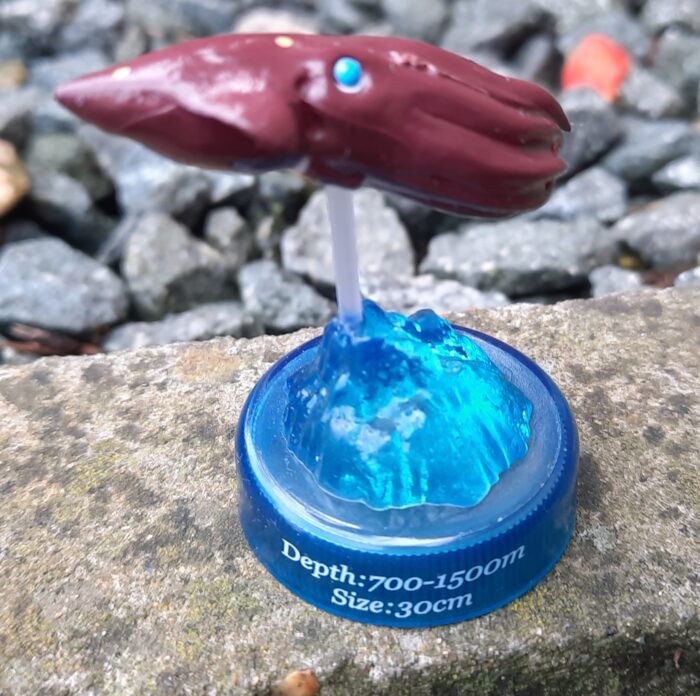
For this review, I deep dive for our October scary theme, and talk of blood sucking horrors, Vampires. In the deepest parts of the ocean, where even the sun fears to shine, live creatures of a frightening and ghoulish nature. One of these creatures floats silently through the waters, looking for prey to devour.
Blue Whale (Mega Sofubi Advance by Kaiyodo)

There are many iterations of a fabled, island-sized sea monster across various cultures, which were in no doubt inspired by early accounts of animals such as the blue whale (Balaenoptera musculus). Blue whales exist in all major oceans, but precise distributions are patchy and their migratory movements are poorly understood.

